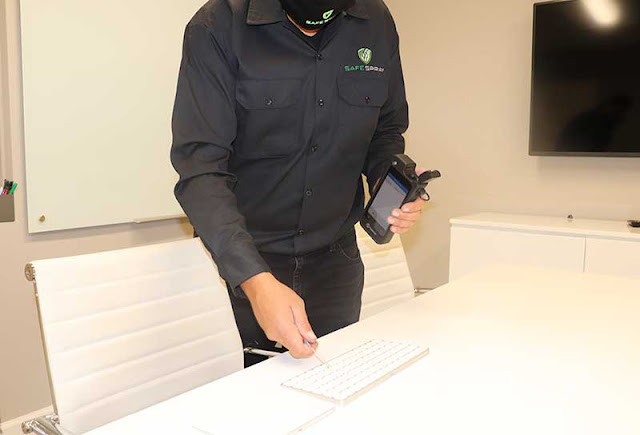How Electrostatic Sprayers Are Different From Foggers
Foggers and electrostatic disinfectant sprayers are two common types of equipment that are used for disinfection. With the threat of Corona virus, disinfection is acquiring a lot of attention and we all want to keep our surroundings and our things, clean and bacteria-free. For this, we use different disinfecting and sanitizing techniques and equipment for disinfection. Many disinfecting companies in Los Angeles are knowing for offering high quality disinfecting services with foggers and electrostatic sprayers. The results of foggers and electrostatic sprayers are quite different.
The one thing that these two disinfecting methods have in common is that they both spray a liquid. The list of how these both are different from each other is much bigger. Knowing the difference helps you to make the decision while choosing the best one to protect your family, staff, customers, and people around you.
Foggers:-
Foggers are used for the application of pesticides, disinfectants, fungicides, and biocides. They generate a mist or fog formed of ULV (Ultra Low Volume) droplets. Foggers deliver very small droplets that deposit passively on the surfaces as per the spray direction and also the gravity effect, which generally results in uneven coverage.
Fogging is the quickest and also little easiest way to disinfect large areas and also takes minimum disruption. Fogging releases an even stream of disinfecting droplets into cubic volumes of air. Further droplets settle into the ever-present and unseen cracks that port viruses and bacteria.
Electrostatic Sprayers:-
Electrostatic spraying is a unique process that involves the application of a very comprehensive even coating, of the disinfectant or sanitizer. This disinfecting system applies electrostatically charged droplets that not just small but are also attracted to surfaces actively. To the solution, an electric charge is applied by the sprayer for creating a 3-D wrapping effect. With it, the disinfectant droplets are electrostatically charged so they completely coat and cling to all surfaces they are aimed at.
360-degree coverage:-
Where foggers just cover or attack the target area, electrostatic spraying covers objects and surfaces with the disinfectant in a 360-degree range. Electrostatic spraying is preferred more than the foggers because of the main quality of wrapping the surfaces and objects, which is not done by the foggers. Foggers are known for just disinfecting the air and to a degree of the surface or area where the equipment is pointed toward. The small droplets by foggers simply land in the direction where it is pointed to.
Areas:-
Foggers are more suited for large open areas. It is used for the areas where quick disinfection is needed to be sprayed up to 8-10 meters. While electrostatic sprayers on the other hand are perfect for high touch point disinfection. Such a system is perfect for touchpoint surfaces such as handrails, door handles, desks, doors, etc. As electrostatic sprayers provide thorough even layering of the disinfectant, so they are preferred more by the experts and demanded more by the people. This is also one of the main reasons that even, school disinfecting services Los Angeles use electrostatic sprayers for their disinfecting services.



Comments
Post a Comment